Korg's fun-to-use Electribe sequencers pack big features into a tiny frame
Take all your beats with you.

Creating music has become incredibly easy thanks to computers and low-cost (sometimes free) software. For example: Using just a MacBook and GarageBand, aspiring rock gods can pump out the jams without hunting down musicians and booking studio time. But when you want to play live, pushing a button on computer just isn't very exciting to watch. MPC and MPS (Music Production Controller and Music Production Station) systems, on the other hand, offer access to your finely crafted songs with the option to build a beat from scratch on the fly without dragging a laptop onstage. That's where Korg's two updated Electribes come in.
At their core, the $400 Electribe stations are sequencers that feature real-time song building and editing. Yes, you can use Ableton Live music production software to put together a tune and export it to either of the devices. But, it's more fun to use the 16 pads situated on top of the hardware that correspond to different sounds to build a composition. The Electribes bring back the visceral joy of tapping and twisting tangible items to build something. And, thanks to robust cases, they can handle all that poking and prodding.
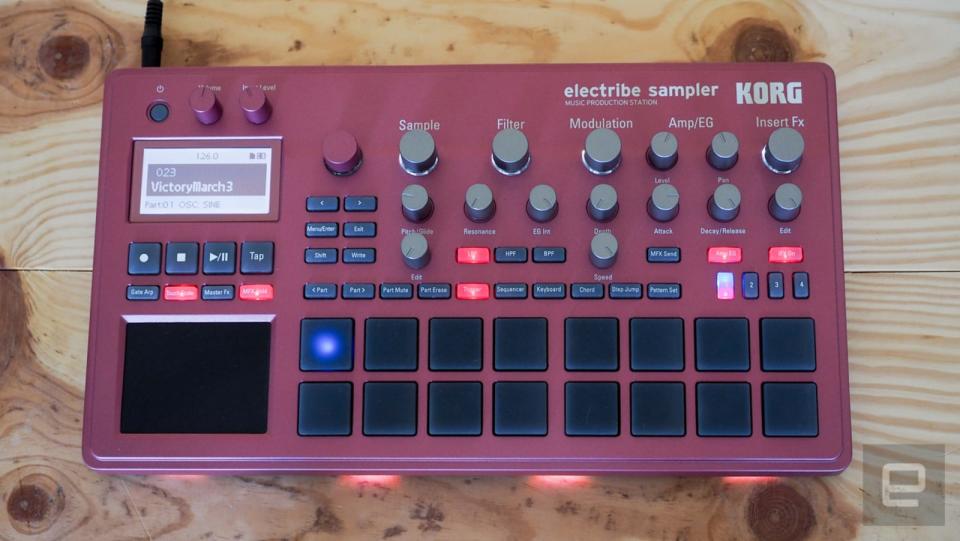
Don't be fooled by the devices' nearly identical appearance. While they're both sequencers, these are two different instruments. What you can easily create on one won't always be possible to create on the other. The Sampler does exactly what the name suggests. You can sequence and tweak samples to create complex compositions. Samples are added via the SD card slot or audio-in port. Musicians can throw in pre-built sounds, voices and even dog barks to the Electribe. Those audio segments can then be adjusted in real time via a library of filters, a modulation control and an Amp envelope generator.
Plus, you can map those sounds to the pads and play the Sampler like a keyboard. The X/Y touchpad adds a more organic way to manipulate the audio by sliding your finger along its surface to change the tone of the selected patch.
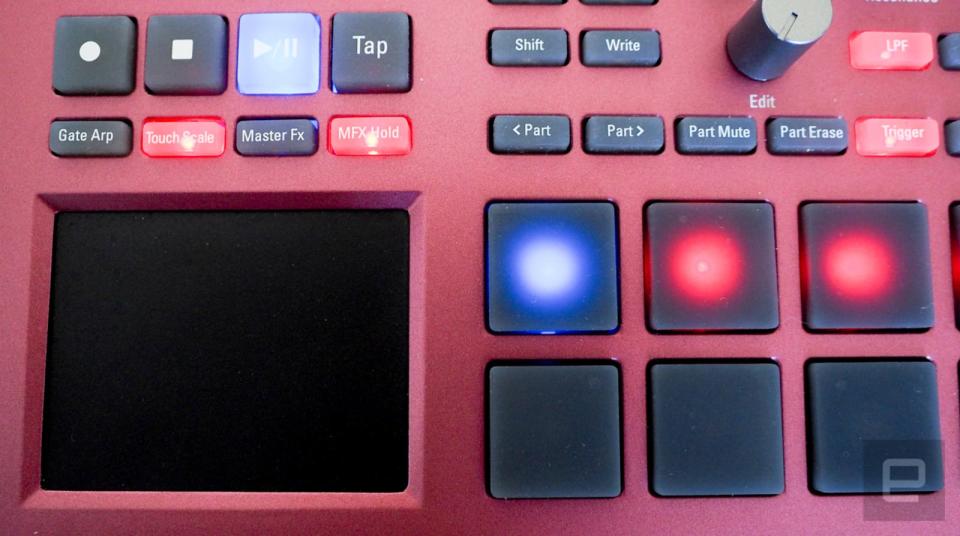
While the Sampler is made to work with pre-made sounds, its fraternal twin, the regular Electribe, is synthesizer based. Instead of random audio parts it contains a library of oscillators that can be manipulated via the filter, modulation and AMP envelope-generator knobs.
If that sounds familiar, it's because it's nearly the same setup as the Sampler. In fact, Korg demos the Electribe devices connected to each other on its site. If you can figure out how to use one, you're basically ready to use the other.
In fact, after using the Sampler for a few weeks there was hardly any learning curve when I fired up the Electribe. It took no time lay down a beat with the preinstalled percussion sounds while layering oscillators using the pads.
For those who do build sequences using the hardware instead of a computer, the recent 2.0 software update brought a very welcome undo feature. Make a mistake and you can quickly delete it and move on. The update also ushered in the mega-song-creating pattern-chaining feature. Now musicians can link their individual compositions together to create more complex songs.
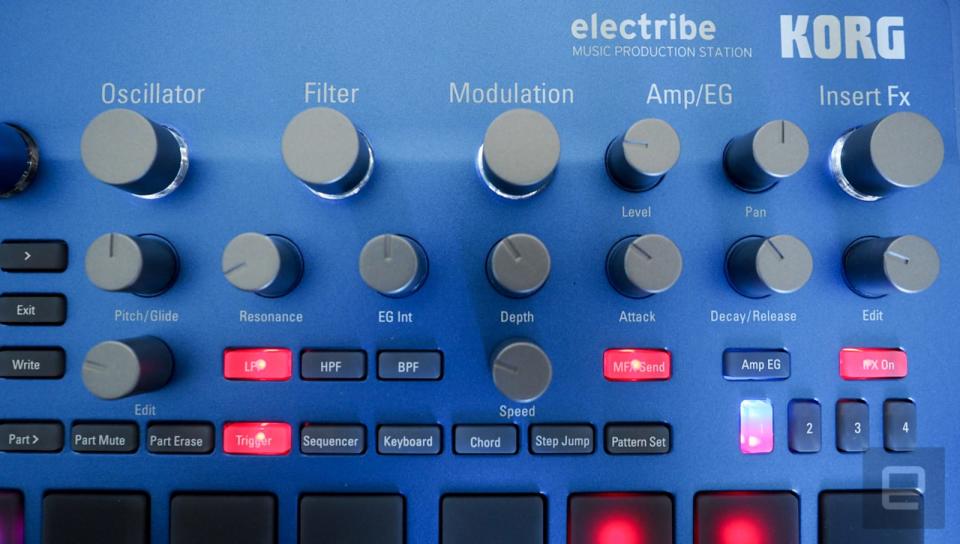
Getting all the features -- such as pattern chaining -- to work is mostly simple thanks to the physical buttons and knobs. But there were times when I found myself delving into sub-menus to adjust things like BPM (beats per minute). There's also a tap tempo button, but sometimes you need to plug in the exact number of beats.
The audio ports are also hit or miss. The left and right audio out are quarter-inch, which is great. But the audio in and headphone are mini-jack. I can excuse the headphone jack, but if you're using other instruments with mono out, you'll need an adapter.
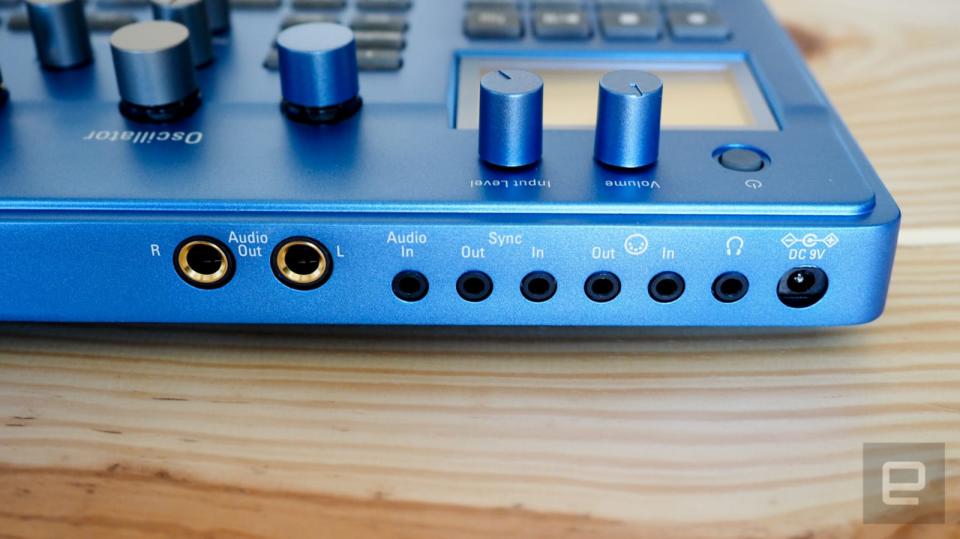
Speaking of adapters, the backs of both devices require Korg's mini-jack to MIDI cables. Two dongles for MIDI in and out come in the box, but I'd much rather have actual MIDI ports on the instruments instead of using dongles that I'm afraid I'll lose or forget at home when I need them at a show.

Fortunately, the Electribe and Electribe Sampler are robust enough to use on stage, and as it happens, I didn't forget the MIDI adapters (I never ended up using them live but put them in a bright container in my backpack just in case). The metal cases and solid knob construction alleviated any concerns I had that they'd be damaged during live performances. Plus, their low profiles meant I could shove them into a backpack instead of lugging my giant Pelican case to shows.
One issue I did have both on stage and during practice was with the power supply: The cable is way too short. It didn't matter if it was on a keyboard stand or a table; it was never long enough to reach the power strip. Unless you plan to set it up in a studio and never move it, you'll need to invest in an extension cord.
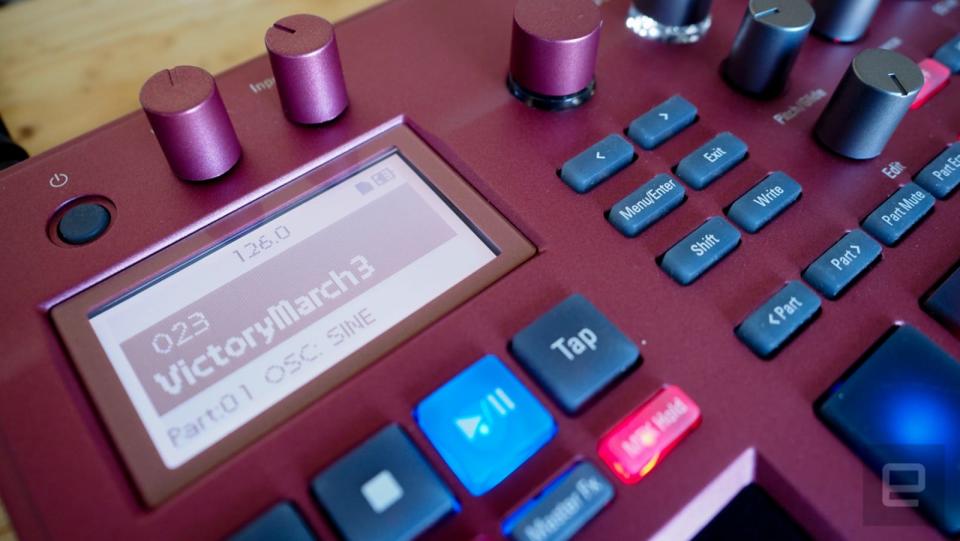
But even with the hassle of MIDI adapters, the need to invest in an extension cord and the mini-jack audio in, both Electribes are feature-rich considering their price of $400 each. Their metal cases and slim profiles make them easy to transport and durable enough to take a beating. More importantly they're easy to use, with most of the most important features accessible via hardware buttons and knobs. When you're creating live music, the last thing you need is to delve into on-screen menus. If you're going to do that, you might as well bring a computer on stage -- but it's hard to get into to groove when you're pointing and clicking.















